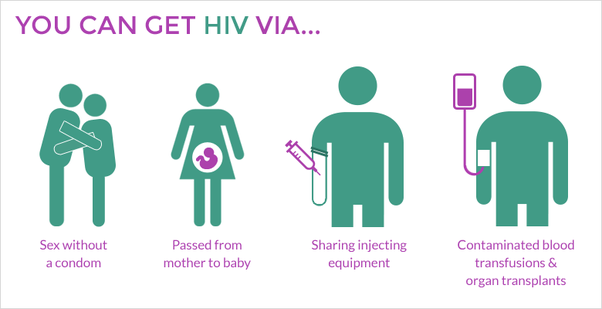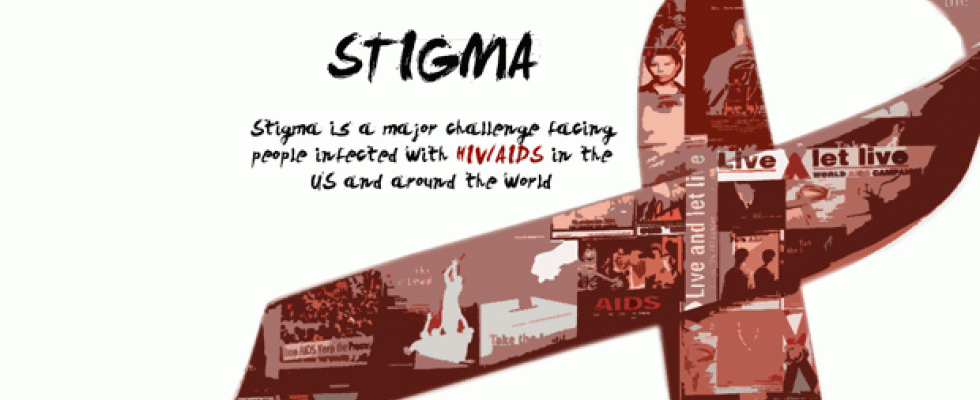Warning: Invalid argument supplied for foreach() in /home1/redcare1/public_html/wp-content/themes/uplift/swift-framework/content/sf-post-formats.php on line 89

AIDS, an acronym for Acquired Immune Deficiency Syndrome, is a collection of symptoms directly caused by HIV (Human Immunodeficiency Virus). Someone with AIDS possesses an immune system too weak to fight infections, and due to this, symptoms and illnesses arise more frequently. However, AIDS is the last stage of HIV, and if the infection is well advanced and left untreated, it will lead to death.
An existing stigma towards persons with HIV/AIDS in the society cannot be missed especially in Nigeria which has about 3.8 million people living with HIV, the second highest in the world. The existing stigma and discrimination stand as barriers to testing, treatment uptake, and its adherence. HIV-related stigma and discrimination is any belief, attitude, distinction, exclusion or restriction held by a person against others identified as unworthy or due to his or her real or perceived status.

Forms of stigma most commonly experienced may include; blaming for being HIV-positive and name-calling. Typical examples of discriminatory practices against persons living with HIV are; hospital (selective use of gloves, poor quality care, and isolation from other patients); community (social isolation, restriction in family events, and hostility); family (not sharing of cutlery and toilet facilities, breach of confidentiality); workplace (threat of employment termination, isolation by coworkers).
More often than not, stigma and discrimination is birthed from a lack of information or ignorance and people leave the decision-making to common-sense instead of getting acquainted with the facts and myths regarding the virus.
Various ways exist as to how HIV can be transmitted and these are; sexual behaviors, sharing needles, childbirth, breast-feeding, and organ transplantation (if the donor organ is HIV infected), blood transfusion. Furthermore, there are some myths regarding ways through which HIV can be transmitted and these include insect bites, kissing, saliva, sweat, feces or urine, sharing showers or toilets in the same house with an infected person, and hugging.

To protect yourself from contacting the HIV virus, you must avoid having an infected person’s blood, semen, vaginal fluids, or breast milk from getting into your body through your bodily inlets and outlets or breaks in your skin.
It is important to note that most people with the HIV infection do not look sick, haven’t been tested and don’t know they are infected. This implies that getting yourself tested frequently to know your status is very important in safeguarding your health.
A few facts about the HIV virus include;
- People can enjoy long and healthy lives even with HIV by taking anti-retroviral treatment readily available to all and effective
- The usage of both external (or male) condoms and internal (or female) condoms during sex serves as the best way to prevent HIV and other sexually transmitted infections
- Anti-retroviral treatment can reduce the level of HIV in the body to a point where blood tests won’t be able to detect it.
- A confirmed undetectable low level of viral load of a HIV carrier means the person cannot pass on HIV and HIV cannot develop into AIDS.

Although there isn’t a cure for HIV, in present times fewer people get to develop AIDS as readily available treatment for HIV means that more people are staying well with healthy lives. Someone with HIV can have a life span that is about the same as another without HIV. For this to be done, it is essential to be committed to taking the treatment correctly.
- Chima Ordu, Admin Intern at Redcare HMO
